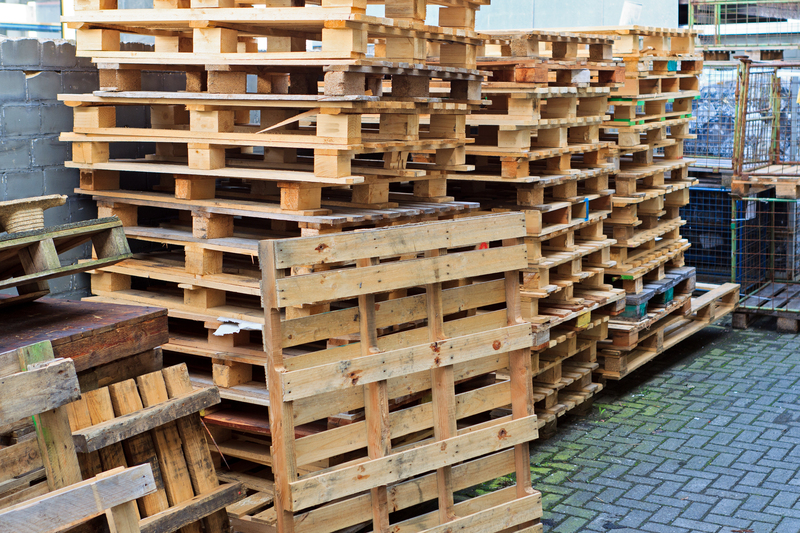Understanding the Microplastic Menace
Microplastic pollution has emerged as a pervasive environmental issue engulfing our oceans, land, and even the air we breathe. These tiny plastic particles, less than 5 millimeters in diameter, have infiltrated ecosystems globally, posing significant threats to marine life, human health, and the overall integrity of our planet's ecosystems.
What Are Microplastics?
Microplastics originate from two main sources: primary microplastics and secondary microplastics. Primary microplastics are manufactured at a small size, such as microbeads used in cosmetics and personal care products. Meanwhile, secondary microplastics result from the fragmentation of larger plastic debris posing long-term environmental hazards.
The Spread of Microplastics
Microplastics are pervasive due to human activities including the breakdown of plastic waste, the washing of synthetic clothes, and the use of certain personal care products. According to recent studies, microplastics have been found in remote places like the Arctic and the deepest parts of the ocean, highlighting the global scale of this pollution problem.

The Global Response to Microplastic Pollution
Given the transboundary nature of microplastic pollution, global action is integral to addressing this issue. Various international bodies and agreements are taking steps, although the challenge remains enormous.
International Efforts
- United Nations Environment Programme (UNEP): UNEP has been a key player in raising awareness and developing strategies to reduce microplastic waste.
- G20 Action Plan: The G20 countries have agreed to a framework aimed at combating marine litter, emphasizing the reduction of microplastic pollution.
- UN Sustainable Development Goals (SDGs): The SDGs aim to significantly reduce waste by encouraging sustainable practices under Goal 12, and conserving marine life under Goal 14.
Regional Initiatives
Several regions have launched initiatives to tackle microplastic pollution:
- Europe: The EU has enacted a ban on single-use plastics and developed strategies to address microplastic pollution specifically.
- North America: Efforts include the Microbead-Free Waters Act in the United States and similar regulatory measures in Canada.
- Asia and the Pacific: Countries like Japan and South Korea are formulating policies to address microplastic emissions.

Challenges in Combatting Microplastic Pollution Globally
Despite these initiatives, challenges remain. Global coordination is difficult, given the varying environmental regulations, economic priorities, and technological capabilities of different nations. Here are some main challenges identified:
Lack of Standardized Measurement and Reporting
There is no universally accepted method for measuring and reporting microplastic pollution. This makes it difficult to gauge the full extent of the problem and to monitor the effectiveness of policies aimed at reducing it.
Economic and Technological Barriers
The economic cost of transitioning to alternative materials can be prohibitive for many countries, especially developing nations. Additionally, technological limitations can impede the effectiveness of waste management practices aimed at curbing microplastic pollution.
Future Prospects: Can Global Action Stop Microplastic Pollution?
While there are formidable challenges to addressing microplastic pollution globally, there are also unprecedented opportunities for positive change through innovation, policy, and public awareness.
Innovation and Technology
Innovations such as biodegradable plastics and advanced filtration systems for wastewater treatment are showing promise. Cutting-edge research on plastic-eating microbes and alternative materials could offer long-term solutions to the microplastic crisis.
Increased Public Awareness
Public awareness is crucial in pushing for policy changes and enhancing the effectiveness of initiatives aimed at reducing microplastic waste. Consumer choices, driven by awareness, can influence companies to adopt more sustainable practices.
Strengthening Legislation
Global treaties and stricter national legislation are essential to hold corporations accountable and encourage sustainable practices. Binding international agreements that set guidelines and standards for plastic production and waste management could significantly reduce microplastic pollution.
In conclusion, global action can indeed make a significant impact on halting the spread of microplastic pollution. However, it requires a coordinated effort across all levels of society--from international bodies to local communities--and across different sectors, integrating innovation, legislation, and education to create a sustainable future. By working collectively, we can aim to restore and protect the natural world from the incessant spread of microplastics.